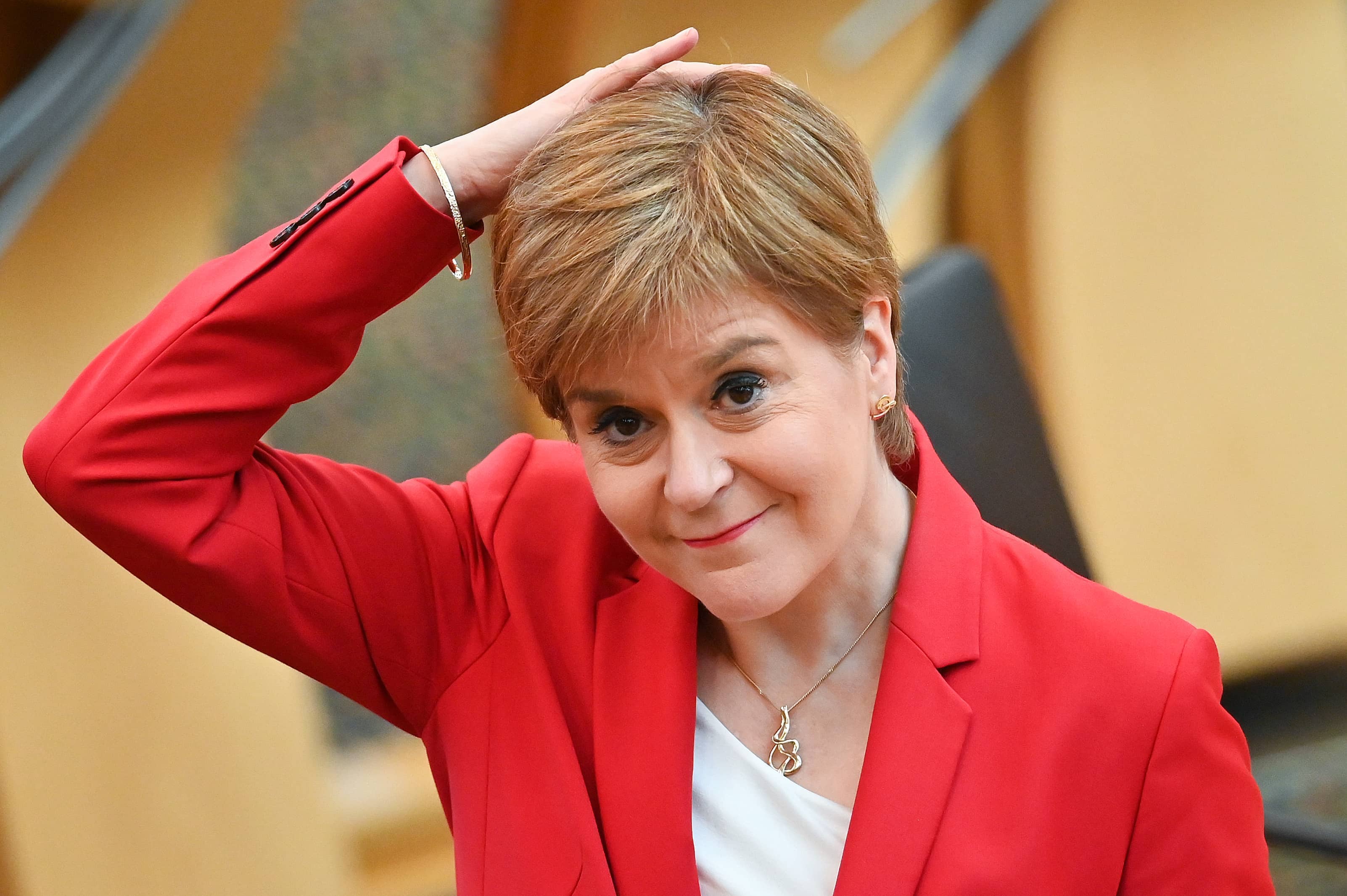When it comes to spinning exam results, the Scottish Government gets straight As and a gold star for effort. Pupils in Scotland are receiving their school qualifications today following May’s diet, the first after two pandemic years in which examinations were cancelled and replaced by teacher assessments. Naturally, allowing teachers to mark their own homework resulted in a spike in the pass rate — up from 75 per cent to 89 per cent in 2020 — and the latest results are supposed to signal a return to normality and something approximating rigour.
At least that’s the Scottish Government’s line. The SNP administration is boasting of ‘near record pass rates’ in Scottish National 5s, Highers and Advanced Highers. The Higher rate stands at 78.9 per cent, a rise on the pre-Covid figure of 74.8 per cent. Scottish education minister Shirley-Anne Somerville says:
This is one of the strongest ever sets of results for any exam year, which is particularly impressive given the significant challenges learners have faced as a result of the pandemic.
What she doesn’t say is what the Scottish Qualifications Authority admitted in advance of the publication of results. Namely that, aware of the inevitable drop in the pass rate this year, the examinations body took ‘a more generous approach to setting grade boundaries’. Mr S wonders how generous it really is to pupils — to say nothing of their future employers, colleges and universities — to inflate their grades for the third year in a row, but then Steerpike is a dirty rotten cynic.
Even with this inflation, and the sunny gloss applied by the Scottish Government’s PR operation, some things can’t be spun. One of them is a running theme of the SNP’s 15 years in charge of Scottish education: the worst-off pupils are doing worse. While the pass rate for kids in the least deprived quintile dropped from 91 per cent to 85.1 per cent, among those from the most-deprived fifth of the population it plummeted from 83.2 per cent to 70.2 per cent.
A Higher attainment gap of 15 per cent. Mr Steerpike is old enough to remember the coming to power in Scotland of a different kind of politician, a first minister who cared about inequality and social injustice. Someone who promised to ‘make it a priority to improve the educational outcomes of pupils in the most disadvantaged areas of Scotland’. Who described ‘closing the attainment gap in education’ as ‘the defining mission of a Scottish Government that is led by me’. Who pledged that her ‘top priority’ was ‘to ensure a first-class education for all young people, no matter the disadvantages that they might face’.
Whatever happened to her?
This article is free to read
To unlock more articles, subscribe to get 3 months of unlimited access for just $5








Comments
Join the debate for just $5 for 3 months
Be part of the conversation with other Spectator readers by getting your first three months for $5.
UNLOCK ACCESS Just $5 for 3 monthsAlready a subscriber? Log in